The cost of constructing a carriage house depends on factors like size, materials, location, and additional features. This article provides a practical breakdown of key considerations to help you gauge the investment required for your unique project.
Now, let’s delve into the essential components that influence the overall expense!
How Much Does It Cost to Build a Carriage House?
Constructing a carriage house exhibits significant fluctuations based on factors such as location, labor expenses, and desired dimensions. Generally, costs span $40,000 to $200,000, catering to the diverse needs of those undertaking this venture.
What is a Carriage House?
A carriage house is a separate building, often with a historical or traditional aesthetic, originally designed to store horse-drawn carriages and related equipment.
Today, carriage houses are repurposed for various uses such as guesthouses, garages, studios, or storage spaces, blending practicality with a touch of nostalgia.
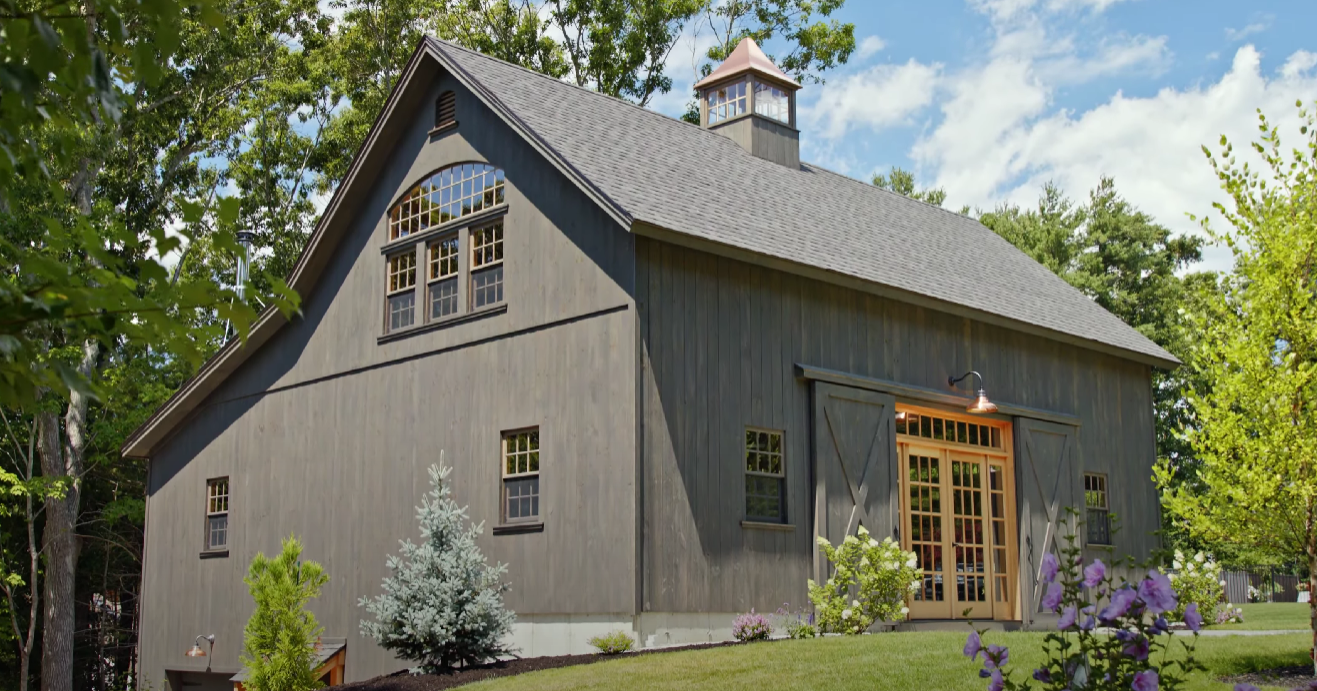
Cost-Related Factors in Building a Carriage House
Constructing a carriage house offers a blend of functionality and aesthetic charm, but its cost can vary significantly due to several key factors. Understanding these factors can help you anticipate and plan for the expenses associated with your carriage house project.
Location Matters
One of the primary influences on the cost of building a carriage house is its location. Construction costs can differ widely based on the region, local building codes, and permitting requirements.
Urban areas might have higher labor and material costs compared to rural settings. Additionally, specific zoning regulations could affect the type and size of the carriage house you’re permitted to build, further influencing the overall cost.
Size and Design Choices
The size and design complexity of your carriage house play a significant role in determining the final cost. Larger carriage houses naturally require more materials and labor hours, leading to increased expenses.
Moreover, intricate designs with ornate details will demand skilled craftsmanship, potentially raising labor costs. Choosing a simpler design can help manage costs without compromising on the functional and aesthetic aspects.
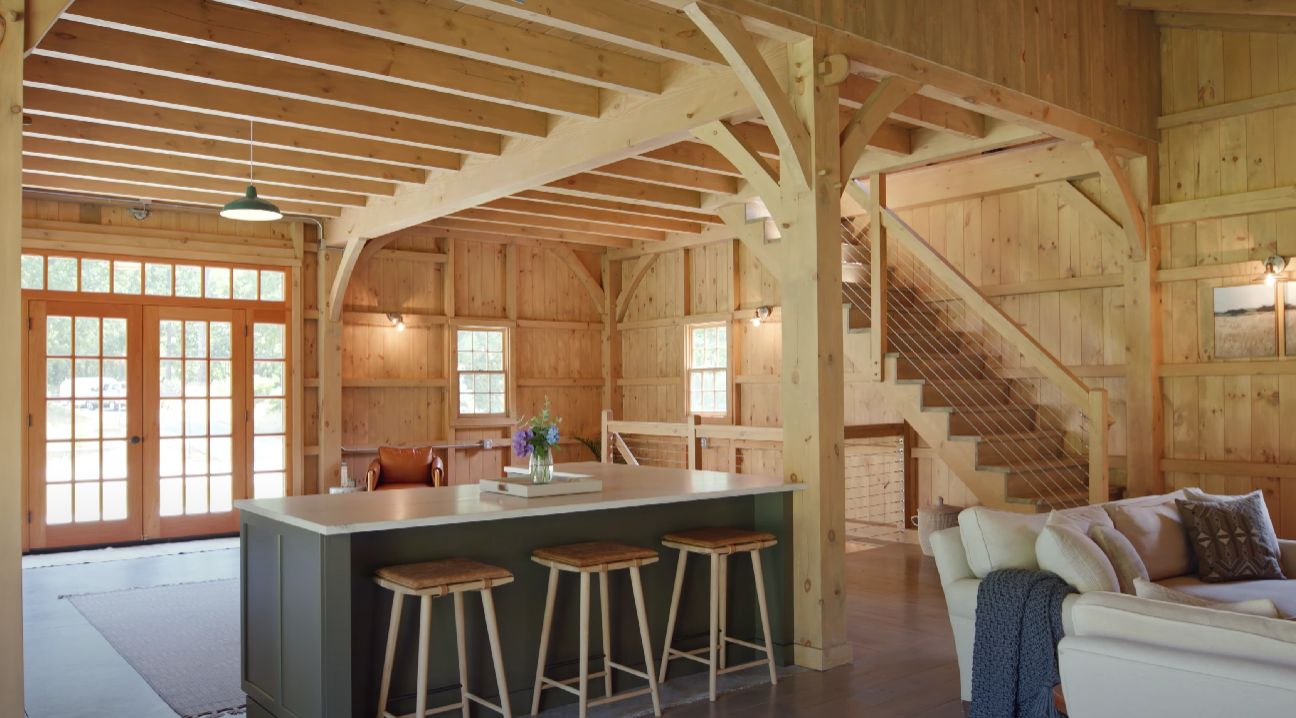
Materials and Quality
The choice of materials for your carriage house greatly impacts the overall expenditure. High-end materials, such as premium woods, artisanal finishes, and specialized architectural elements, can escalate costs.
Conversely, opting for more cost-effective materials while still maintaining structural integrity can help rein in expenses. Balancing material quality with your budget is crucial for achieving the desired outcome without overspending.
Labor Costs
Labor expenses constitute a significant portion of the carriage house construction budget. Skilled professionals, such as architects, designers, carpenters, and electricians, contribute to the successful realization of your project.
Labor costs can fluctuate based on the local availability of skilled workers, prevailing wages, and the intricacy of the project. Obtaining multiple quotes and evaluating the experience of the professionals you hire can help manage these costs effectively.
Utilities and Additional Features
Integrating utilities such as electricity, plumbing, and heating into your carriage house adds to the overall cost. The extent to which you want these amenities, as well as any additional features like loft spaces, balconies, or customized storage solutions, will impact the budget.
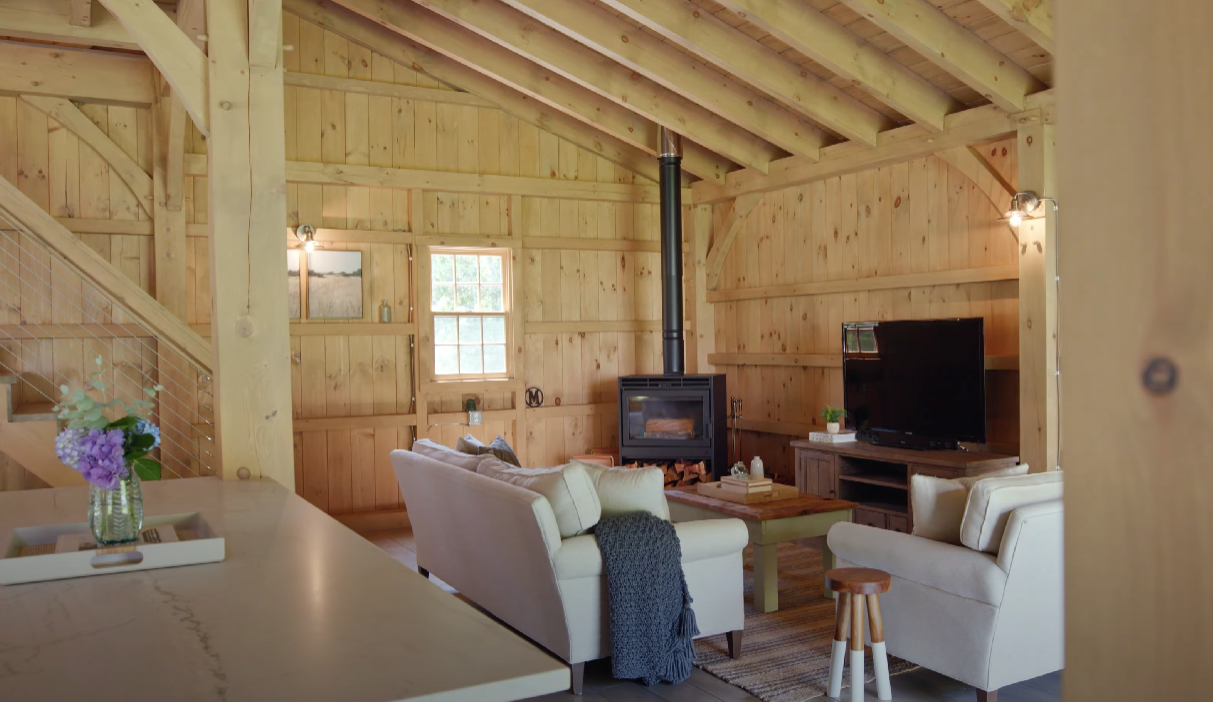
Planning for these features from the outset and estimating their associated costs is essential for a comprehensive budget assessment.
How to Save Money in Building a Carriage House?
Constructing a carriage house is an exciting endeavor, but cost considerations are crucial to ensure a successful and budget-friendly project. Here are several strategies to help you save money without compromising on quality and functionality.
Smart Design Choices
Begin by making thoughtful design choices that optimize space and functionality while minimizing unnecessary complexities. A simple and efficient floor plan can reduce construction costs, as intricate layouts often require more materials and labor.
Additionally, selecting a design that aligns with standard sizes can lead to cost savings, as custom dimensions may increase expenses.
Material Selection
Carefully choose materials that strike a balance between quality and affordability. Opt for cost-effective options without compromising structural integrity. Utilizing recycled or reclaimed materials can add character to your carriage house while saving money.
Moreover, consider materials that require less maintenance, as this can lead to long-term savings by reducing repair and upkeep expenses.
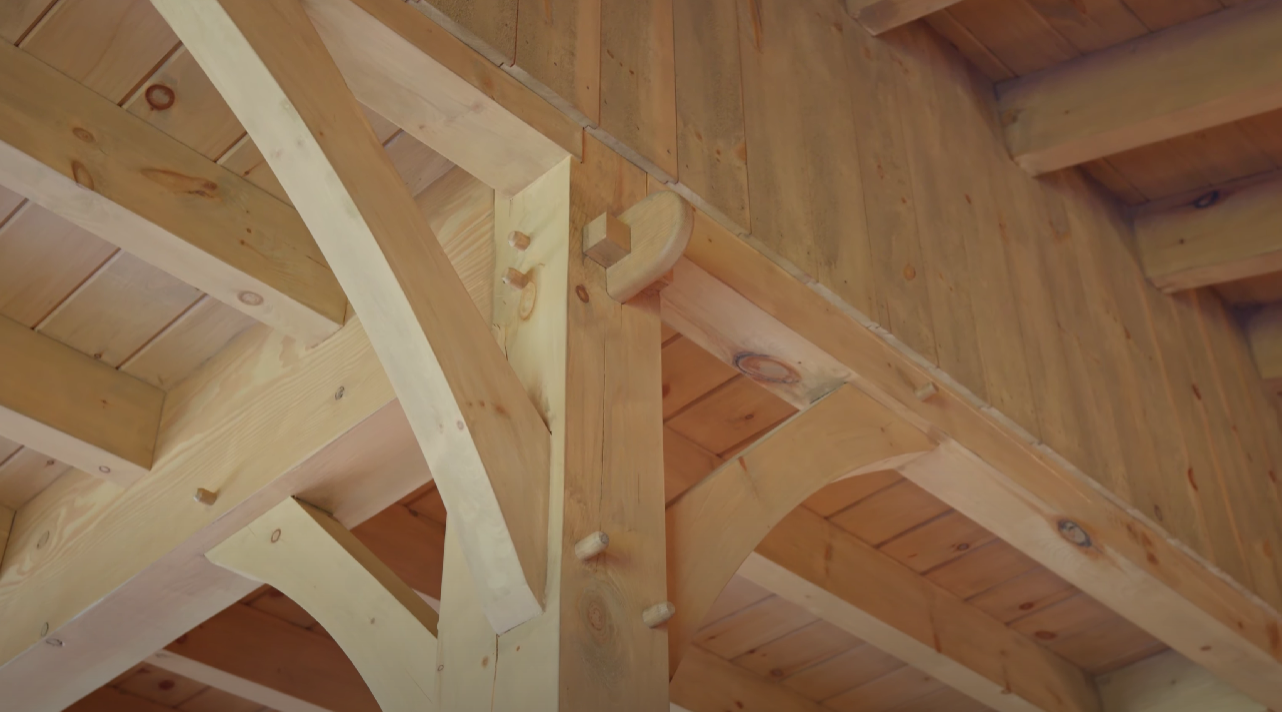
DIY and Hands-On Involvement
Depending on your skills and comfort level, consider tackling certain tasks yourself or with the help of friends and family. DIY efforts can include painting, landscaping, or even assisting with non-structural aspects of construction.
However, be cautious when taking on complex tasks that require professional expertise, as mistakes can lead to additional costs to rectify.
Obtain Multiple Bids
When hiring professionals for the project, whether it’s architects, contractors, or tradespeople, obtain multiple bids to compare prices and services. This can help you identify competitive rates and ensure that you’re getting value for your money.
However, prioritize experience and reputation alongside cost to avoid potential issues down the line.
Energy Efficiency
Integrate energy-efficient features into your carriage house design. Proper insulation, energy-efficient windows, and sustainable heating and cooling systems can lead to long-term savings on utility bills.

While these upgrades might have upfront costs, they can pay off in the form of reduced monthly expenses over the life of the carriage house.
Flexible Timeline
If possible, consider a flexible construction timeline. Building during the off-season or when contractors have lower demand can lead to potential cost savings. Rushing a project to meet a specific deadline might result in higher costs due to expedited labor and material acquisition.
Is a Carriage House the Same as a Townhouse?
A carriage house is not the same as a townhouse. A carriage house is a separate building, historically used to store horse-drawn carriages, often converted for various purposes like guesthouses or garages.
In contrast, a townhouse is a multi-story urban dwelling that shares walls with neighboring units, typically designed for residential living. The two differ in structure, historical use, and intended functionality.
Is a Carriage House a Good Investment?
Investing in a carriage house can be a favorable decision depending on individual circumstances. They can offer rental income potential as guest houses or apartments, adding to your property’s value.
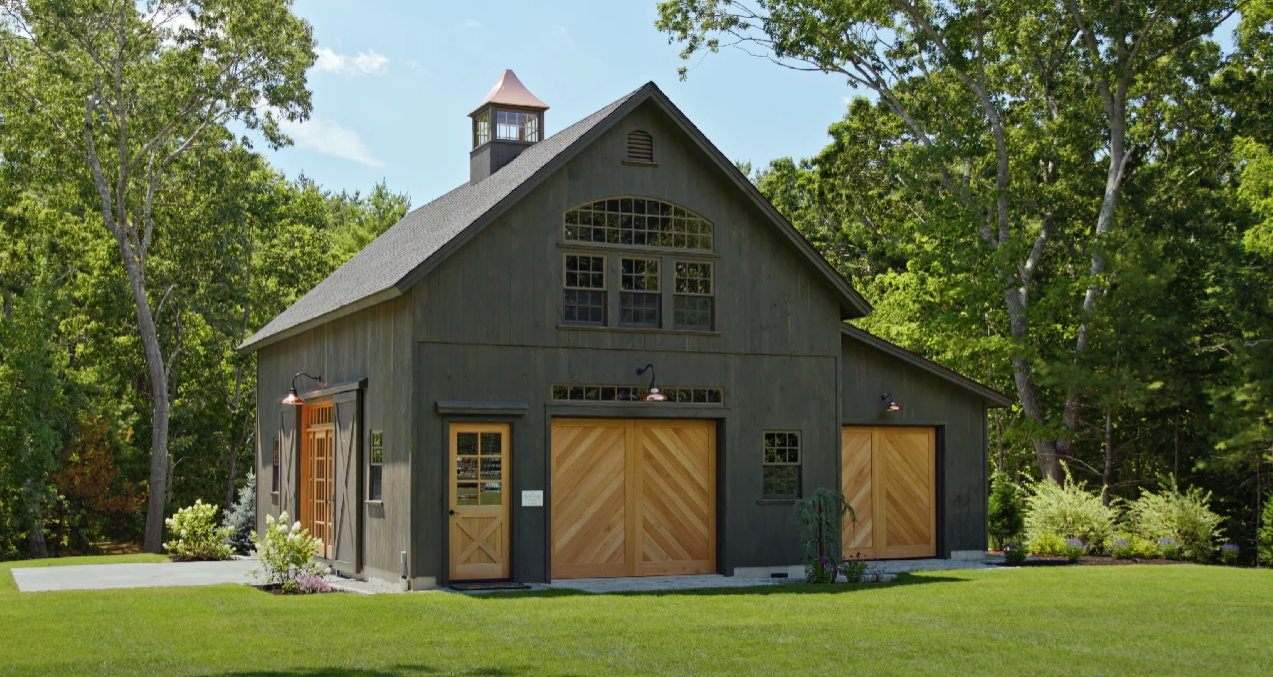
However, factors like location, demand for such spaces, and initial construction costs should be carefully considered. Additionally, market trends [1] and the local real estate landscape play a significant role in determining whether a carriage house will yield a satisfactory return on investment.
Conclusion
The cost of a carriage house hinges on size, location, materials, labor, and additional features. Careful consideration of these factors is essential for an accurate assessment of expenses before embarking on your project.

